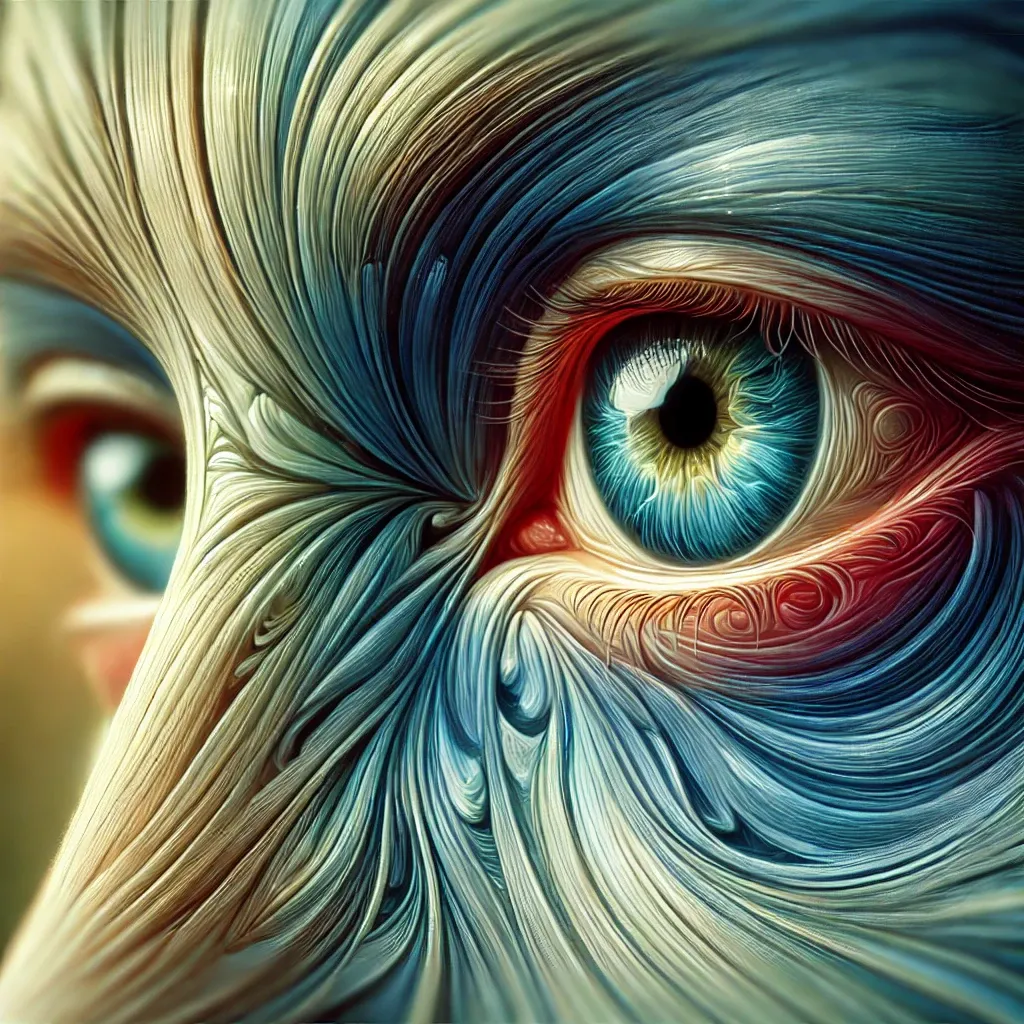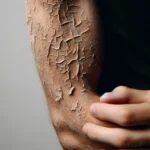Have you ever wondered about the art of moving eyes and the growing trend of selling eyes in artistic and digital contexts? Discover how weaving techniques are used to create mesmerizing, moving eyes in art.
Sell the Eyes: A New Artistic Trend
In recent years, the concept of “selling eyes” has taken on new meaning in both the digital and artistic worlds. While historically, the idea of selling or trading eyes was something rooted in folklore or ancient rituals, it has now evolved into a modern phenomenon. Artists, digital creators, and even those involved in unique body modifications are exploring the symbolic and visual appeal of eyes as objects of art.
But what does it really mean to “sell the eyes”? In today’s world, it could mean anything from the sale of hyper-realistic eye sculptures to the creation of digital art featuring eyes in motion. It can also refer to more literal body modifications, where the eyes are transformed or altered in artistic ways, blurring the line between human and art.
In the realm of digital art, the sale of moving eye visuals has become a trend in NFTs (Non-Fungible Tokens). These digital assets often feature surreal, animated eye designs that convey deep emotion or strange beauty. The eyes, which often symbolize perception and consciousness, can also be interpreted as a representation of the artist’s soul or vision.
For instance, digital artists might sell a limited edition of a looping animation featuring an eye that shifts and changes over time. This eye could symbolize various emotions, such as surprise, longing, or curiosity. The appeal of this art lies not only in its creativity but in its ability to provoke an emotional reaction in viewers.
👉 Learn more about the digital art trends of moving eyes 👈
Moving Eyes: The Technique Behind the Art
The concept of “moving eyes” is one that has captured the imagination of many, especially in the fields of animation, augmented reality (AR), and fine art. At its core, the idea of moving eyes is rooted in the manipulation of visual perception, creating an illusion where the eyes appear to shift, blink, or even convey emotions without the use of physical movement.
In the realm of animation and digital art, moving eyes are achieved through intricate techniques such as pixel manipulation and 3D modeling. These methods enable artists to create lifelike eyes that appear to follow the viewer or move in a way that reflects the emotions of the character. The eyes become a focal point, often carrying the weight of the narrative in a scene.
Augmented reality has also popularized the concept of moving eyes. With AR apps, users can apply digital effects to their faces, making their eyes appear to move or change color in real-time. This can be used for fun or to create more dramatic and artistic effects for social media.
The popularity of moving eyes extends beyond traditional animation. For example, in virtual reality (VR) environments, creators can design characters with highly detailed, animated eyes that react to interactions. This innovation helps to make virtual worlds feel more immersive and alive, enhancing the overall experience for users.
👉 Explore moving eye animation techniques in VR 👈
Weave: Crafting Eyes with Intricate Detail
One of the most captivating ways to create moving eyes or mesmerizing visual effects is through the technique of weaving. This approach takes inspiration from traditional textile arts, where threads are interlaced to form intricate patterns and designs. In the case of eye art, weaving is used metaphorically to describe the meticulous process of creating hyper-realistic eye designs using various materials, such as digital threads, color gradients, and textures.
Weaving is not only limited to textile techniques but can also be applied in digital art. Artists may “weave” together elements of realism and abstraction to craft eyes that seem to have a life of their own. For example, a digital artist may combine multiple layers of animated textures that, when viewed together, create a moving effect, mimicking the organic fluidity of the human eye.
This weaving technique has also found its way into 3D modeling, where artists build up layers of detail—mimicking the complexity of the human iris, pupil, and sclera (the white part of the eye). With advanced software, these weavings can simulate the movement of the eyes, adding a dynamic layer to an otherwise static design.
In a more physical sense, artists and creators who work in sculpting or 3D printing may weave various materials, like glass or metal, to create eyes that appear to shimmer, change shape, or even come alive with motion when light hits them from different angles.
👉 Learn how to weave eye designs in digital art 👈
Conclusion
The fascinating world of eyes—whether moving, selling, or woven—represents a unique fusion of art, technology, and cultural symbolism. From NFTs and digital art to traditional weaving techniques, the depiction of eyes in various forms has captured the collective imagination. By blending craftsmanship, animation, and digital innovation, artists are able to breathe life into something as simple yet profound as the human eye, turning it into a dynamic piece of art that moves, reacts, and tells a story.
The symbolic significance of eyes in art is timeless. They are the window to the soul, after all. Whether you are an artist, a collector, or simply an admirer, understanding how eyes are portrayed—moving, woven, or sold—can deepen your appreciation for this powerful symbol.






